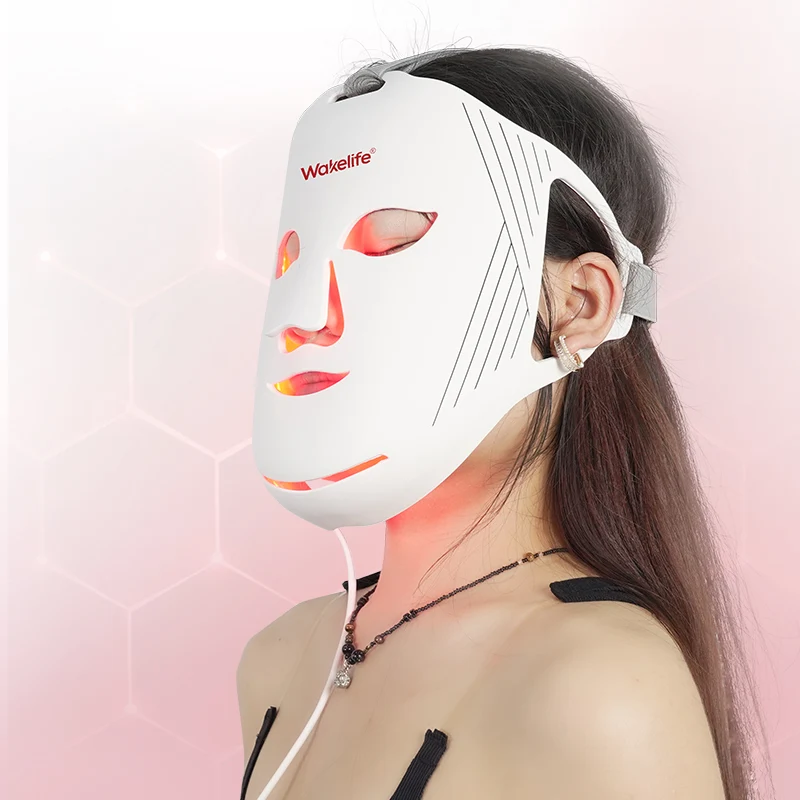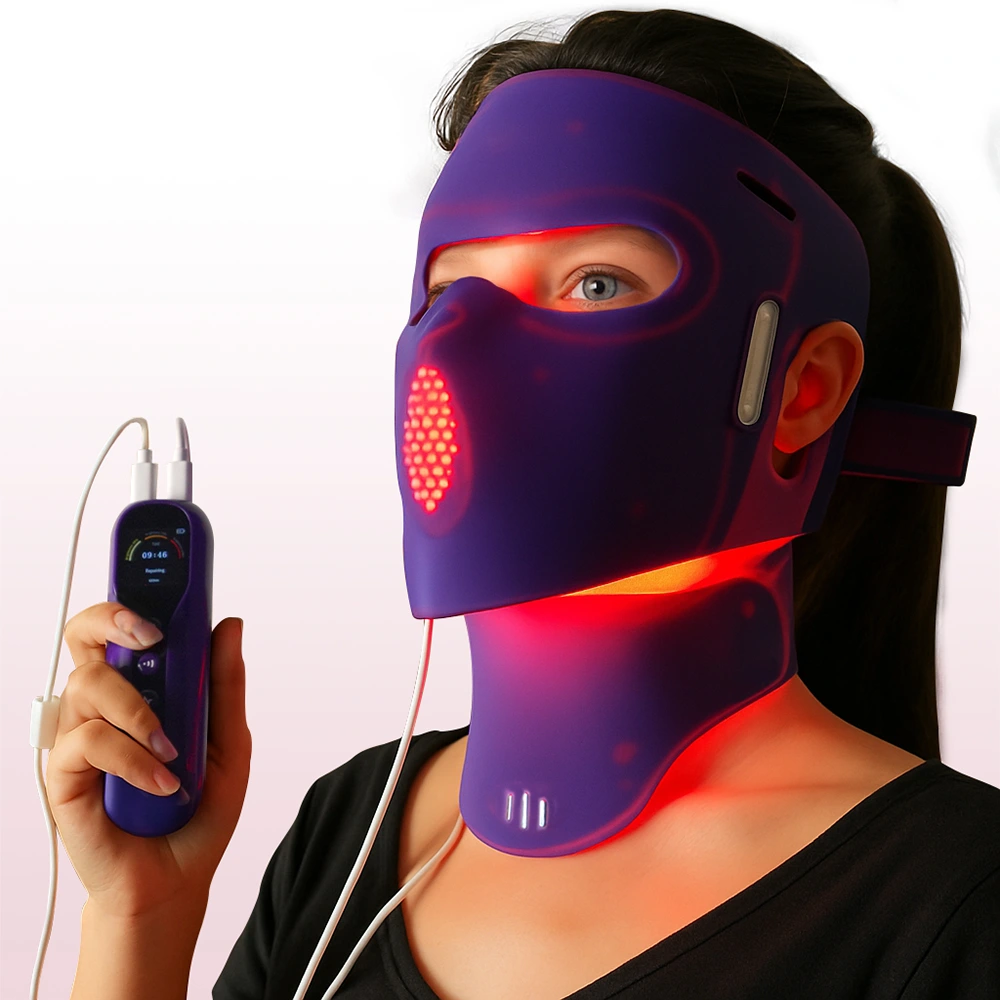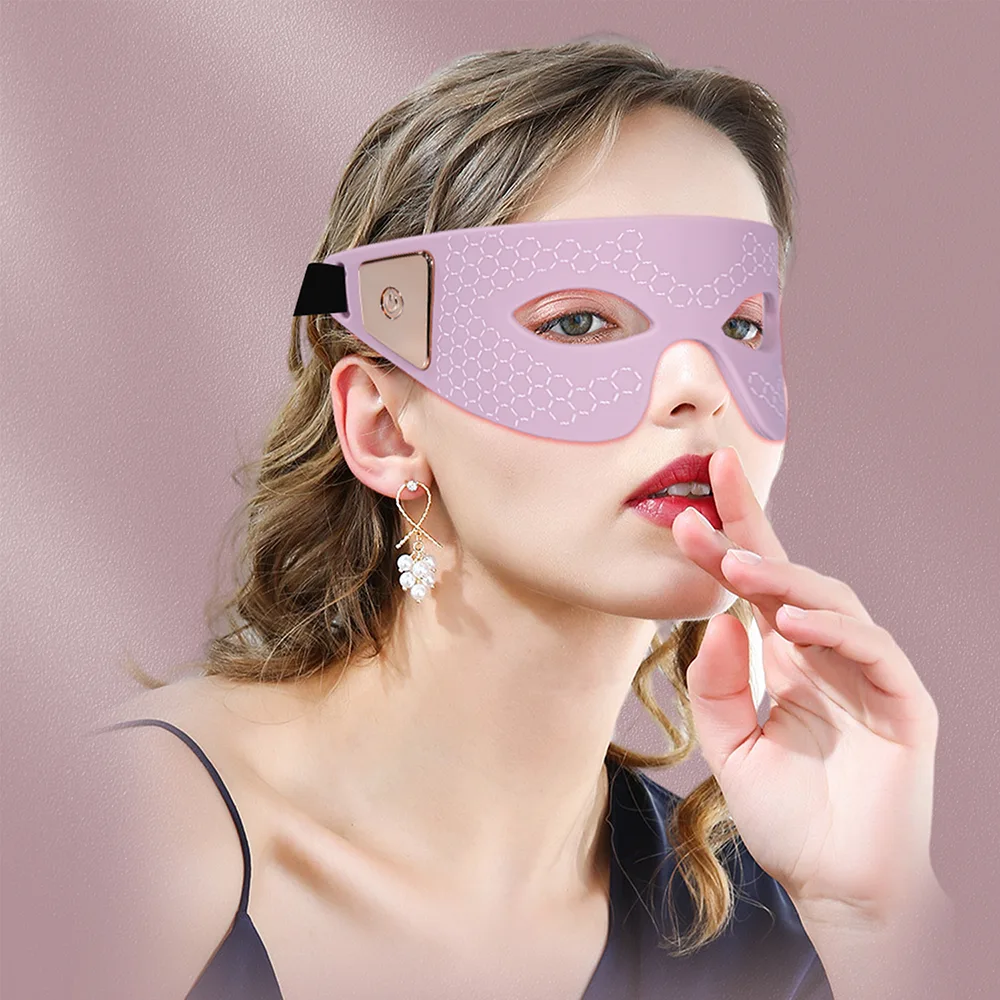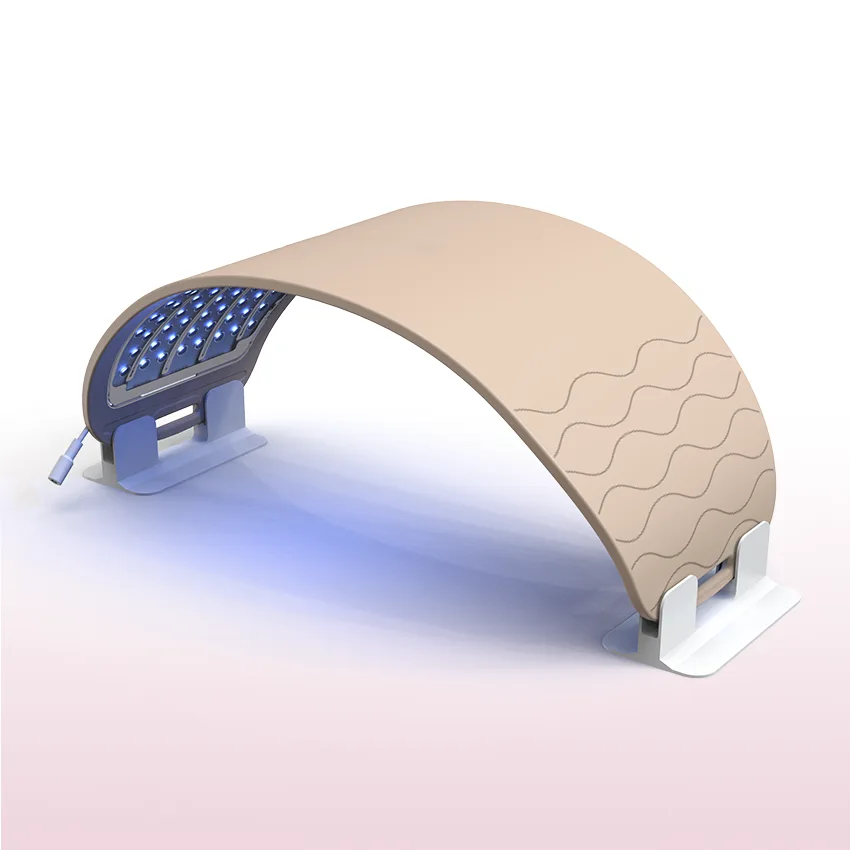Near Infrared(NIR) Light Therapy
What is Near-Infrared (NIR) Light?
From a physics perspective, near-infrared light is the portion of the electromagnetic spectrum located between visible red light and mid-infrared light.
Wavelength Range: Its wavelength is typically defined as being between 700 nanometers (nm) and 1400 nanometers (nm). This range lies just beyond the red end of the visible spectrum that the human eye can perceive (approx. 620-700 nm).
Core Characteristics:
Invisible to the Naked Eye: Because its wavelength is outside the range of human vision, near-infrared light itself is invisible. Therefore, when using an LED device with NIR functionality, you may see the red light LEDs illuminate, but the NIR LEDs will look as if they are “not working.” This is completely normal.
Strong Penetration Power: This is the most significant advantage of near-infrared light. Compared to blue light, which only acts on the epidermis, and red light, which mainly affects the upper dermis, NIR can penetrate much deeper, reaching the deep dermis, subcutaneous tissue, muscles, and even bone.
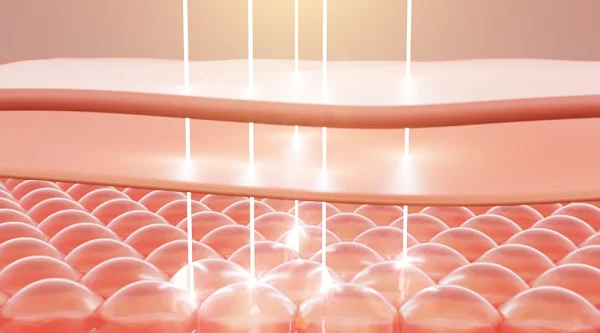
Differences from Visible Light (Red, Blue)
| Light Type | Wavelength Range (Approx.) | Penetration Depth | Primary Function | Visibility |
|---|---|---|---|---|
| Blue Light | 400 – 495 nm | Shallow (Epidermis) | Antibacterial (e.g., for acne), oil control | Visible |
| Red Light | 620 – 700 nm | Medium (Dermis) | Stimulates collagen, anti-inflammatory, boosts circulation | Visible |
| NIR Light | 700 – 1400 nm | Deep (Deep Dermis, Subcutaneous Tissue) | Deep repair, activates cellular energy, potent anti-aging | Invisible |
Why is NIR “Invisible” and “Non-Heating” Yet Has Powerful Biological Effects?
The effect of near-infrared light is not based on heat. It does not work by heating tissue like a heat lamp. Its core principle is Photobiomodulation (PBM). NIR photons are absorbed by specific molecules (photoreceptors) within cells, initiating a series of biochemical reactions, much like a key fitting precisely into a lock. This process primarily produces effects at the molecular level rather than converting light energy directly into thermal energy (heat). Therefore, at the correct dosage, the body does not feel significant heat, yet cellular vitality is effectively stimulated.
Key Benefits
- Boosts Collagen — Firms skin and smooths wrinkles.
- Speeds Healing — Accelerates recovery from burns, wounds, and surgery.
- Reduces Inflammation & Pain — Relieves arthritis, sore muscles, and nerve pain.
- Stimulates Hair Growth — Reactivates follicles to improve density and thickness.
- Supports Oral Healing — Promotes tissue repair and reduces dental discomfort.
Related Near-Infrared Light Devices
The near-infrared wavelengths used in these LED light therapy devices are typically 850 nm and 1072 nm.



